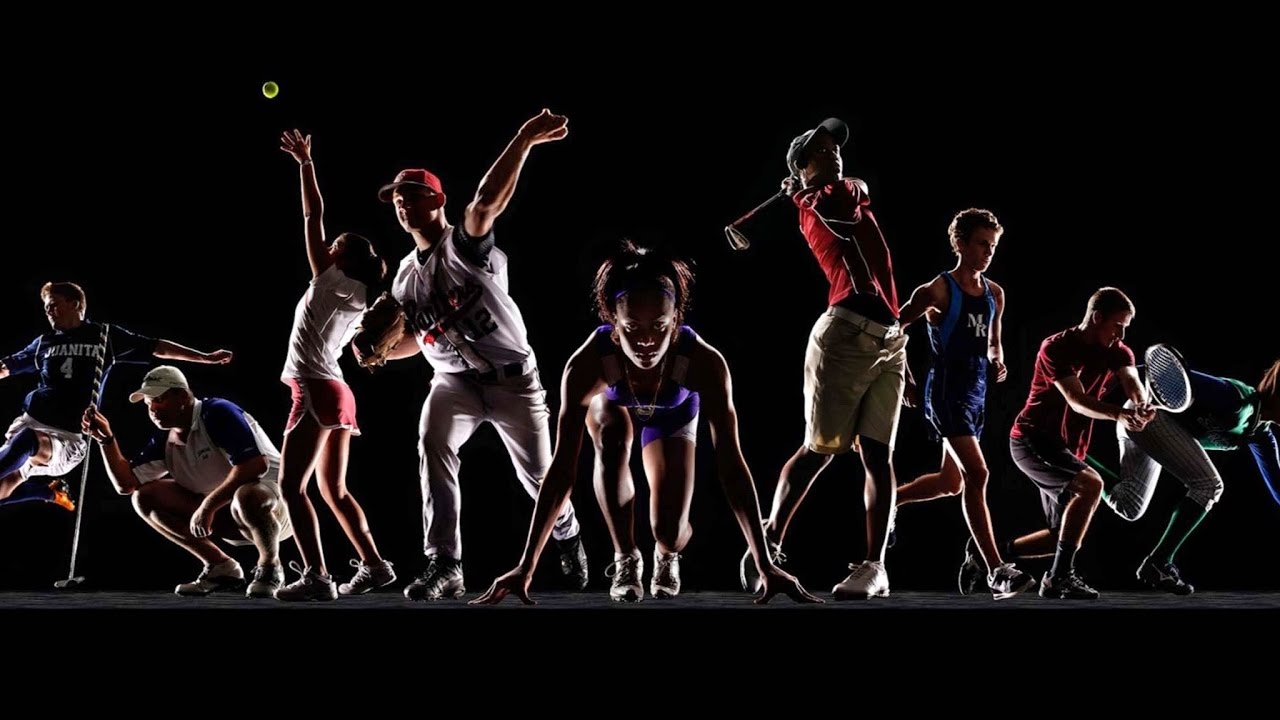Embracing the Benefits of Multi-Sport Participation

In the world of athletics, the concept of specializing in a single sport from a young age has gained popularity in recent years. However, a growing body of research and expert opinion suggests that participating in multiple sports offers numerous advantages for athletes of all ages. This approach, known as multi-sport participation, not only enhances physical development but also contributes significantly to mental and social well-being.
Physical Development and Injury Prevention
One of the primary benefits of multi-sport participation is its positive impact on physical development. Engaging in various sports exposes athletes to a wider range of movements, skills, and muscle groups. For example, a young athlete who plays soccer in the fall, swims in the winter, and runs track in the spring develops a more balanced set of physical abilities compared to someone who solely focuses on one sport year-round.
This diversified training helps prevent overuse injuries, which are common among athletes who repeatedly stress the same joints and muscles through repetitive motions. By cross-training and varying their activities, athletes strengthen different parts of their bodies and reduce the risk of chronic injuries associated with single-sport specialization.
Skill Acquisition and Cognitive Benefits
Multi-sport participation also promotes the acquisition of a diverse set of skills. Each sport challenges athletes in unique ways, fostering agility, coordination, speed, and decision-making abilities that may not be fully developed by exclusively focusing on one sport. For instance, basketball improves hand-eye coordination and spatial awareness, while gymnastics enhances flexibility and body control.
Cognitively, engaging in multiple sports requires athletes to adapt to different game strategies, rules, and team dynamics. This versatility not only sharpens their problem-solving skills but also enhances their ability to think critically and make quick decisions under pressure—valuable traits that extend beyond the field or court.
Mental and Emotional Well-being
Beyond physical and cognitive benefits, participating in multiple sports contributes to athletes' mental and emotional well-being. Experiencing success and setbacks in different sports helps individuals develop resilience, perseverance, and a healthy attitude toward competition. They learn to manage stress, cope with failure, and maintain motivation over the long term.
Moreover, multi-sport participation reduces burnout, a common issue among young athletes who specialize too early. The variety and enjoyment derived from different sports can prevent boredom and maintain enthusiasm for physical activity throughout their lives.
Social Development and Lifelong Engagement
Sports offer a unique platform for social interaction and relationship building. Participating in multiple sports exposes athletes to diverse peer groups and coaches, fostering friendships and a sense of community beyond their immediate circles. These relationships contribute to a well-rounded social development that extends far beyond the sporting arena.
Additionally, multi-sport participation encourages lifelong engagement in physical activity. By experiencing the joy and camaraderie associated with different sports during their formative years, athletes are more likely to continue pursuing active lifestyles well into adulthood, reaping the associated health benefits throughout their lives.
Conclusion
In conclusion, while specialization in a single sport may seem advantageous at first glance, the benefits of multi-sport participation cannot be overstated. From enhanced physical development and injury prevention to improved cognitive abilities and emotional resilience, engaging in various sports offers young athletes a holistic approach to athletic and personal growth. By encouraging diversity in sports participation, we not only nurture well-rounded athletes but also empower individuals to lead healthy, active, and fulfilling lives both on and off the field.
- Arts
- Business
- Computers
- Oyunlar
- Health
- Home
- Kids and Teens
- Money
- News
- Recreation
- Reference
- Regional
- Science
- Shopping
- Society
- Sports
- Бизнес
- Деньги
- Дом
- Досуг
- Здоровье
- Игры
- Искусство
- Источники информации
- Компьютеры
- Наука
- Новости и СМИ
- Общество
- Покупки
- Спорт
- Страны и регионы
- World


